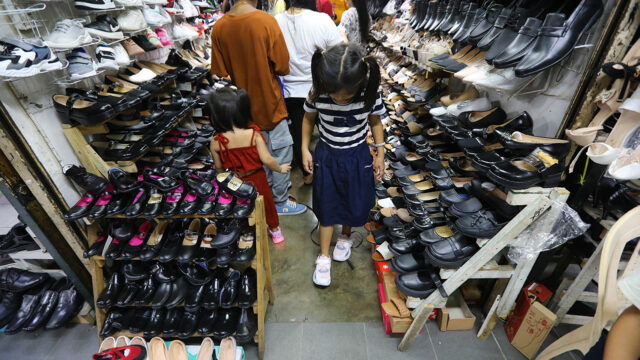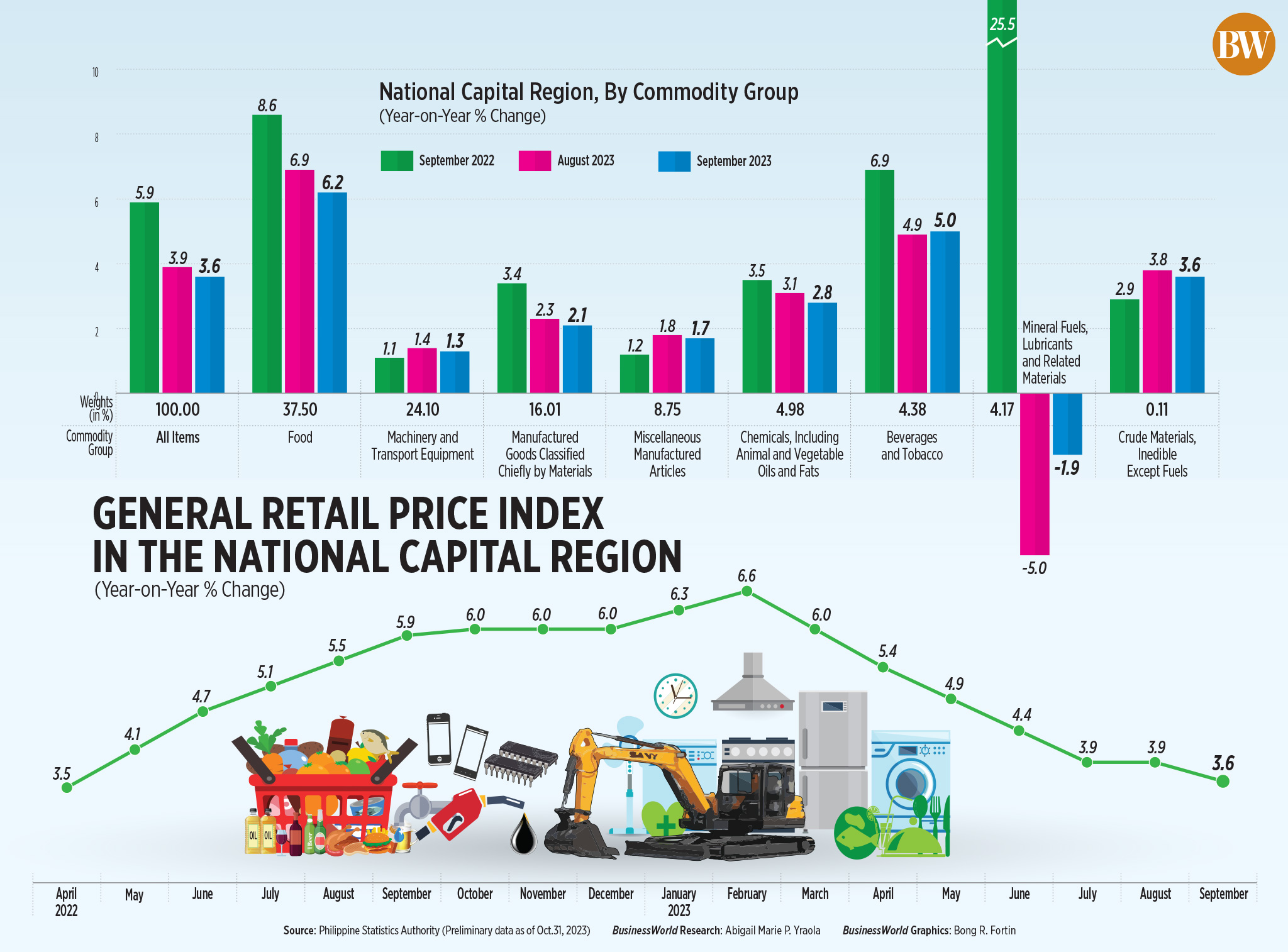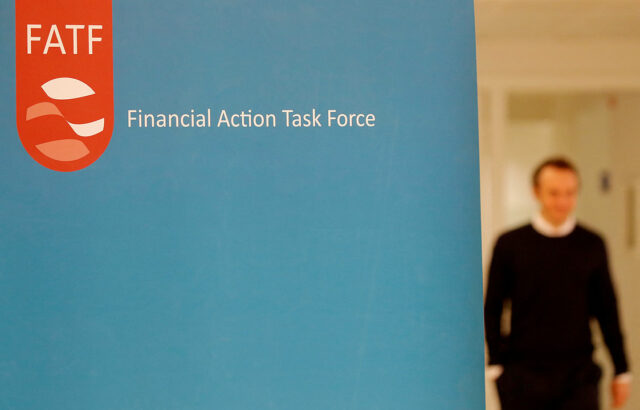PHL digital economy projected to reach up to $150B by 2030

THE PHILIPPINES’ digital economy is projected to reach as high as $150 billion by 2030 as the e-commerce boom continues, according to a report released on Wednesday.
The e-Conomy SEA report by Google, Temasek Holdings and Bain & Company showed the Philippines is forecast to reach between $80 billion and $150 billion in gross merchandise value (GMV) by 2030, slightly lower than its previous projection of $100-150 billion.
It projected that the Philippines’ internet economy will grow by an annual 20% to reach $35 billion by 2025. This 20% compound annual growth rate (CAGR) will be the fastest in Southeast Asia, along with Vietnam.
This year, the Philippines’ digital economy is projected to grow by 13% to $24 billion in GMV.
“While internet users in the Philippines are amongst the most engaged in the world, digital participation across sectors remains lower. This signals sizable headroom for digital economic growth over the medium to long term as incomes grow,” according to the report.
Digital economy growth will be mainly driven by e-commerce, which is expected to expand by 21% annually to hit $24 billion by 2025. E-commerce is forecast to reach $60 billion in GMV by 2030.
Online media is expected to grow by 19% annually to $5 billion by 2025, with its GMV seen to hit $10 billion by 2030. Online media covers advertising, music streaming, gaming, and video-on-demand.
Online travel, which includes flights and hotels, is expected to account for about $4 billion of the digital economy by 2025. The report projected 18% CAGR for online travel through 2025, which is slower than the previous forecast of 44%.
Transport and food delivery services are projected to grow by 19% annually to $3 billion by 2025, and to $5 billion by 2030.
“Both domestic and regional transport providers are expanding to outer cities to fuel long-term growth. To capture these segments, businesses have started growing their two-wheeler offerings as a more affordable alternative,” according to the report.
The Philippines’ digital financial service sector is expected to grow sharply through 2030, mainly driven by digital payments.
The report sees gross transaction value (GTV) in digital payments growing by 17% to $93 billion this year, and by 16% annually to $126 billion by 2025. Digital payments are expected to reach $220 billion in GTV by 2030.
“As digital payments gain traction, e-wallet and account-to-account (A2A) payment rails will see the fastest growth due to lower costs to merchants. Informal A2A payments, in particular, are expected to grow in merchant adoption as they look to sidestep formal registration of business accounts with digital payment providers,” according to the report.
Digital lending is projected to have a $7-billion loan book by 2025 before hitting $20 billion by 2030. Digital insurance and assets under management for digital wealth are also expected to grow significantly through 2030.
SOUTHEAST ASIA
Meanwhile, Southeast Asia’s internet economy is expected to grow by 11% year on year in 2023, slowing from last year’s growth of 20%, the report showed.
Google, Temasek and Bain also said the region’s internet economy is seen at $295 billion by 2025, down from a previous estimate of $330 billion.
“Digital economy sectors are showing positive growth trajectories, with travel and transport on track to exceed pre-pandemic levels by 2024,” they said in a joint statement.
The forecast cut is mainly due to a long-term goal change and a post-pandemic stabilization, and it should now be a fairly steady runway toward 2025, said Florian Hoppe, partner and head of Vector in Asia-Pacific, Bain & Company.
The region of 11 countries has more than half-a-billion people, with a predominantly young population, widespread smartphone usage and a growing middle class, making it one of the world’s fastest-growing internet markets.
Vietnam’s digital economy is expected to grow by 20% a year in 2023-2025 and is on track to reach around $45 billion by 2025, the fastest in Southeast Asia along with the Philippines, according to the report.
“Digital payment continues to grow in Vietnam driven by strong support from the government, investment from commercial banks and the widespread popularity of QR codes,” the report showed.
The trend is expected to accelerate as the country’s central bank promotes cashless payments in rural and remote areas, it added.
The report, which also covers Indonesia, Thailand, Vietnam, Singapore, Malaysia and the Philippines, showed private funding for digital economy-related sectors has declined to 2017 levels from record highs in 2021. But cash reserves for investments are still rising despite investors becoming increasingly cautious.
“To exit this funding winter, Southeast Asia’s digital businesses need to prove that quality deals with visible exit pathways are readily available,” according to the report. The decline is in line with global shifts toward high cost of capital and issues across the funding lifecycle.
Venture capitalists had $15.7 billion on hand to drive deals at year-end 2022, according to the report.
“It’s really a function of how quickly companies can pivot towards profitability. The sooner they play this out, the quicker funding will return,” said Fock Wai Hoong, head of Southeast Asia at Temasek. — A.E.O. Jose and Reuters












